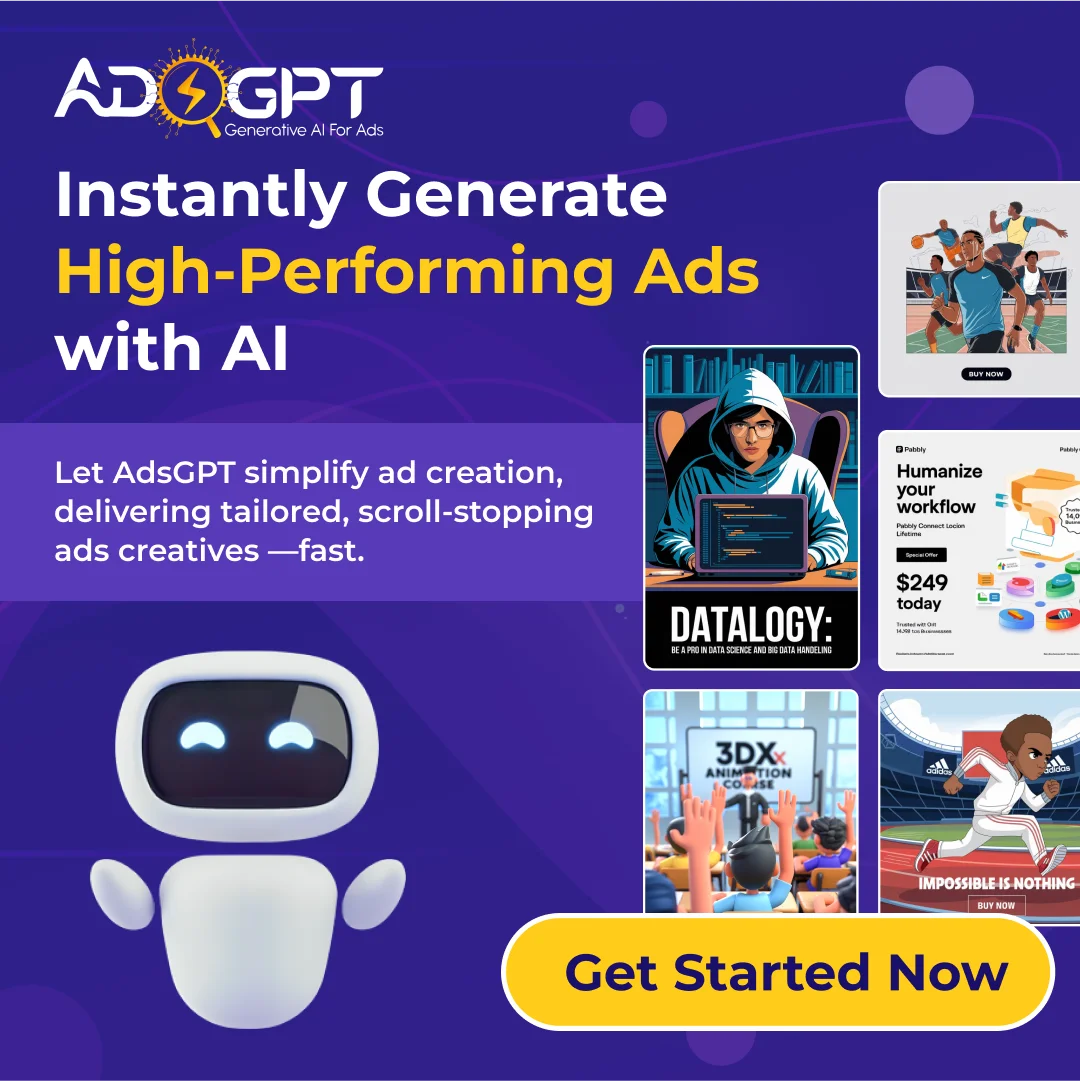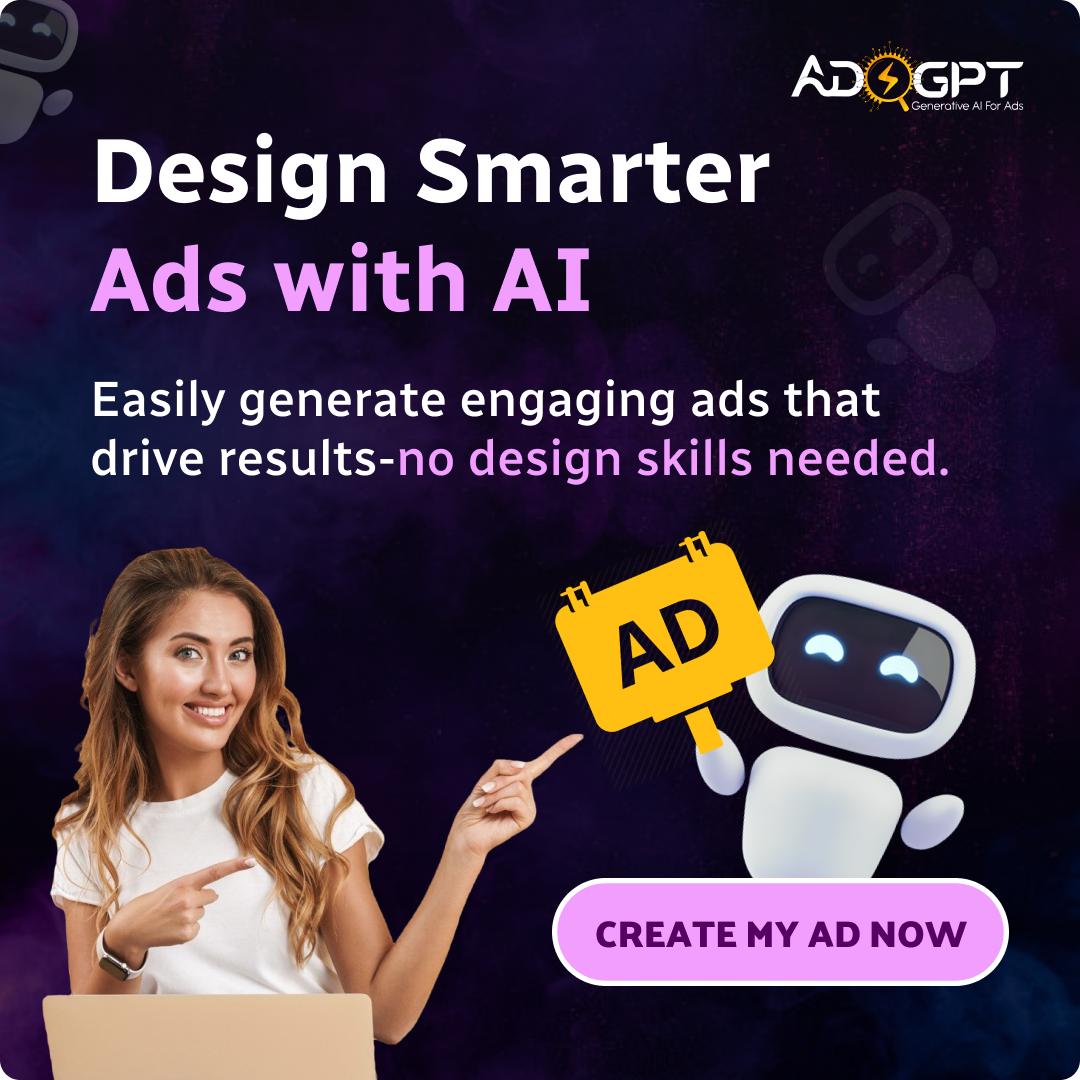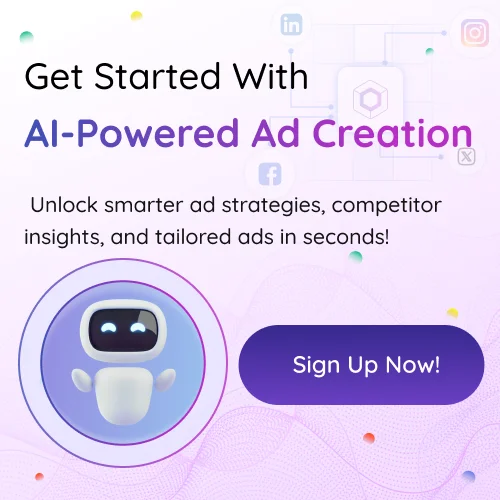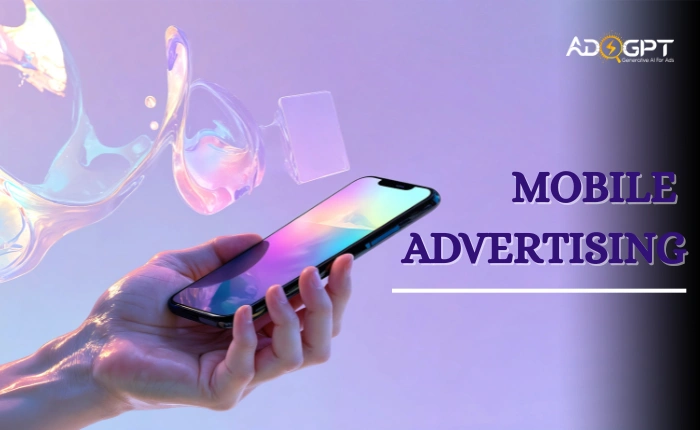
Businesses thrive when they connect with the right audience at the right time, and that’s exactly where mobile advertising comes in. With billions of people using smartphones daily, mobile devices have become the most direct way to reach consumers. Whether they’re scrolling through social media, browsing the web, or using an app, users are exposed to mobile ads throughout the day. For brands, this presents a golden opportunity to boost visibility, engagement, and sales.
Unlike traditional advertising, mobile ads allow real-time targeting, interactive formats, and personalized content delivery. This combination enhances conversion rates and guarantees a higher return on investment. As users spend more time on mobile, it is no longer just an option; it’s a necessity for any business looking to scale efficiently.
Listen To The Podcast Now!
What Is AI In Mobile Advertising?
AI in mobile advertising refers to the use of artificial intelligence to plan, create, optimize, and analyze ad campaigns targeted at mobile users. It transforms how businesses interact with their audience by using data, machine learning, and automation. AI for advertising enables smarter decisions by predicting user behavior, recommending the right creatives, and improving overall ad performance.
By leveraging mobile ad attributes such as location data, device type, app usage, and user behavior patterns, AI can deliver highly personalized and context-aware campaigns. These attributes give AI systems the insights needed to reach the right audience with the most relevant message at the ideal time.
What Are The Advantages Of Mobile Advertising?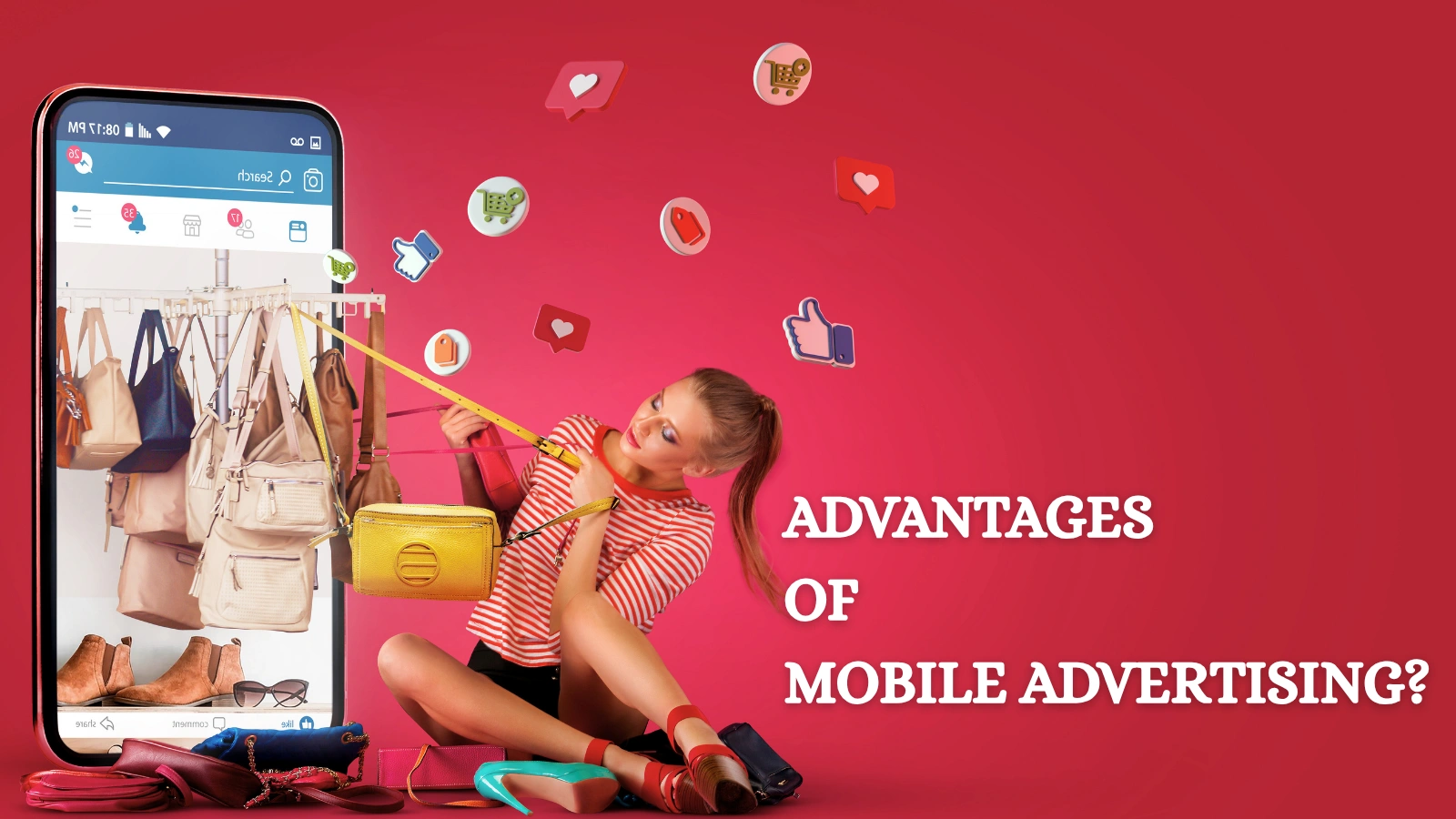
It offers multiple advantages that help brands build stronger and more profitable relationships with their customers. Here’s how:
Personalization
Let’s brands deliver tailored content using data like location, interests, and browsing behavior. This relevance increases user engagement and conversions. Personalized ads feel more meaningful, making every marketing effort more effective.
Real-Time Engagement
Mobile devices enable instant communication through SMS, push notifications, and in-app messages. This real-time access is perfect for urgent campaigns like flash sales. It helps brands connect with users when they’re most active, driving quicker responses and stronger engagement.
Cost Efficiency
It is more affordable than traditional channels and offers precise targeting to reduce wasted spend. Flexible formats like pay-per-click or pay-per-install help businesses control costs. Both small and large brands can maximize ROI with smarter budget use.
Better Tracking And Analytics
It provides real-time data on impressions, clicks, conversions, and user behavior. These insights help marketers quickly refine strategies and improve results. Unlike traditional media, mobile analytics offer clarity and speed for smarter decision-making.
Wider Reach
With people spending most of their time on smartphones, it offers unmatched access to a broad audience. Ads appear across apps, websites, social media, and search platforms. This constant presence helps brands boost visibility and scale their message globally.
These benefits collectively make mobile ads a powerful tool for businesses aiming to expand their reach and increase conversions.
Read More!
What Is Mobile Ad Attribution? Unlock Data-Driven Insights
AI For Advertising: Innovative Examples, Tools, And What’s Next?
Types Of Mobile Advertising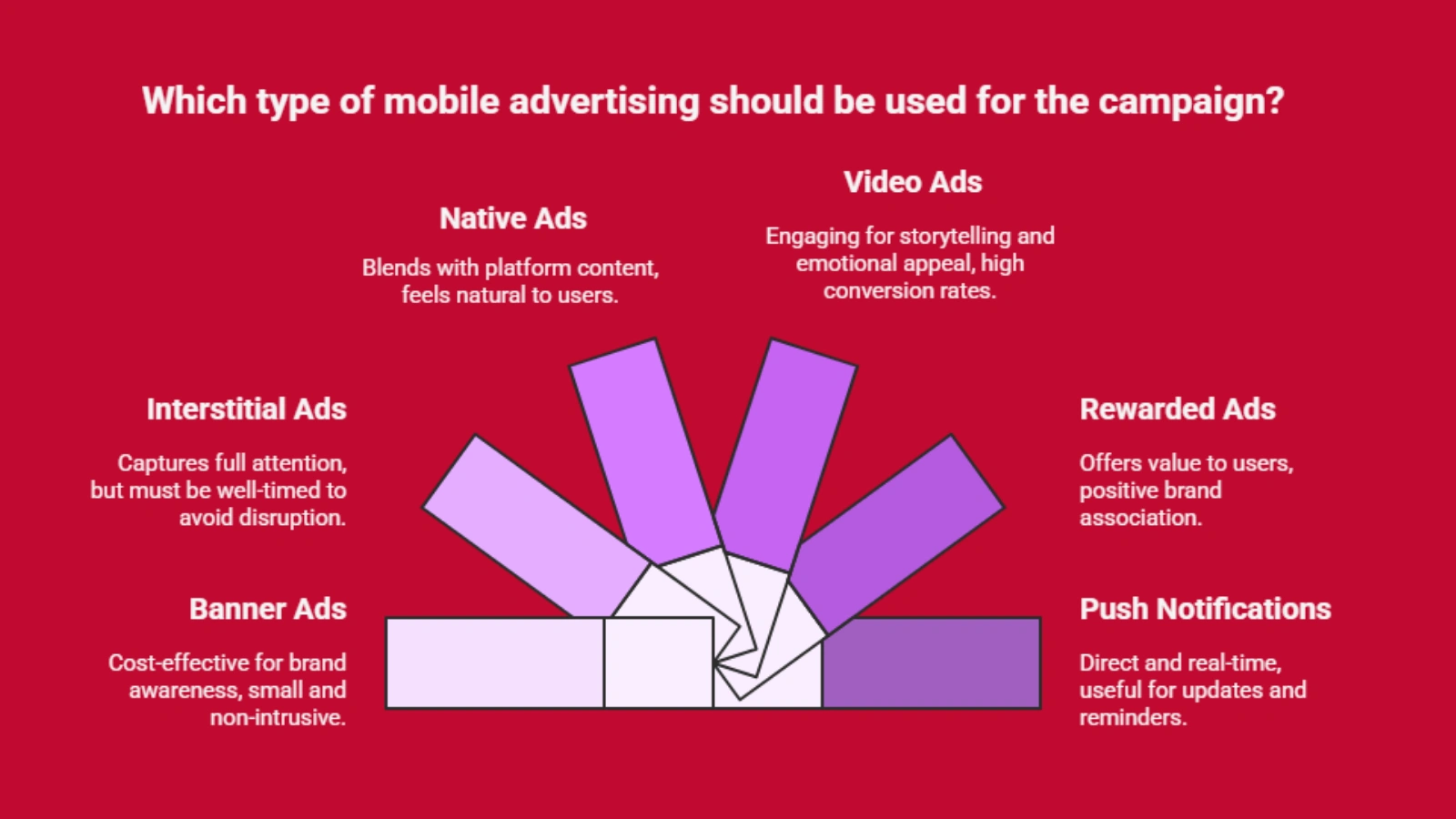
It comes in many formats, each serving different marketing goals. Understanding these types helps in crafting better campaigns:
1. Banner Ads
These are rectangular, image-based ads that usually appear at the top or bottom of mobile apps and websites. While small in size, they are cost-effective and widely used for brand awareness. Their static or animated design effectively captures the user’s attention without interrupting their experience.
2. Interstitial Ads
Interstitial ads are full-screen ads that appear at natural breaks or transition points, such as between levels in a game or between articles in an app. Because of their size and timing, they capture full user attention. However, they must be well-timed to avoid feeling disruptive.
3. Native Ads
Native ads match the design and function of the platform where they appear, making them feel like a natural part of the content. Users often engage with them more because they don’t feel like traditional ads. They’re perfect for promoting sponsored content or branded stories subtly.
4. Video Ads
These are dynamic and engaging ads in video format, commonly seen in gaming apps, streaming platforms, or social media. They are highly effective for storytelling, product demos, and emotional appeal. Their strong visual element often leads to higher engagement and conversion rates.
5. Rewarded Ads
Rewarded ads offer users something valuable, like in-app currency or bonus features, in exchange for watching an ad. Since users choose to watch them, these ads generate higher engagement and a more positive brand association. They’re ideal for gaming and utility apps.
6. Push Notifications
Push notifications are direct messages sent to a user’s mobile device even when they’re not using the app. They’re useful for sending updates, reminders, or promotional content in real time. When used correctly, they can drive instant traffic and boost user retention.
Each type has a role in mobile ads strategies, depending on audience behavior and campaign objectives.
Examples Of Mobile Advertising
Let’s explore a few real-world mobile advertising examples that showcase its potential:
1. Spotify Ads
On Spotify’s free version, users hear short audio ads between songs, often tailored based on location or listening habits. These ads help brands reach listeners during moments of focus or relaxation. They work well because they blend into the natural audio experience without being visual distractions.
2. Instagram Stories
Instagram Stories ads allow brands to share vertical videos or images that appear between users’ stories. These ads often include swipe-up links or buttons to take action immediately. With full-screen visuals and short durations, they grab attention quickly and boost direct engagement.
3. Mobile Games
Games like Candy Crush offer rewarded ads where users can watch a short video to earn extra lives or bonuses. These ads are opt-in, which means users are more likely to engage positively. They work well because they are built into the gaming experience and provide immediate value.
4. E-commerce Apps
Apps like Amazon and Flipkart send push notifications to inform users about flash sales, discounts, and product updates. These messages create urgency and drive quick traffic back to the app. They’re especially effective during seasonal promotions or limited-time events.
These examples showcase how mobile advertising adapts to different platforms and user behaviors to deliver measurable results. By choosing the right type of ad and platform, businesses can maximize both reach and ROI.
Here is the tool that helps you with mobile advertising: AdsGPT. Let’s see how it can assist you.
AdsGPT – AI That Supercharges Mobile Advertising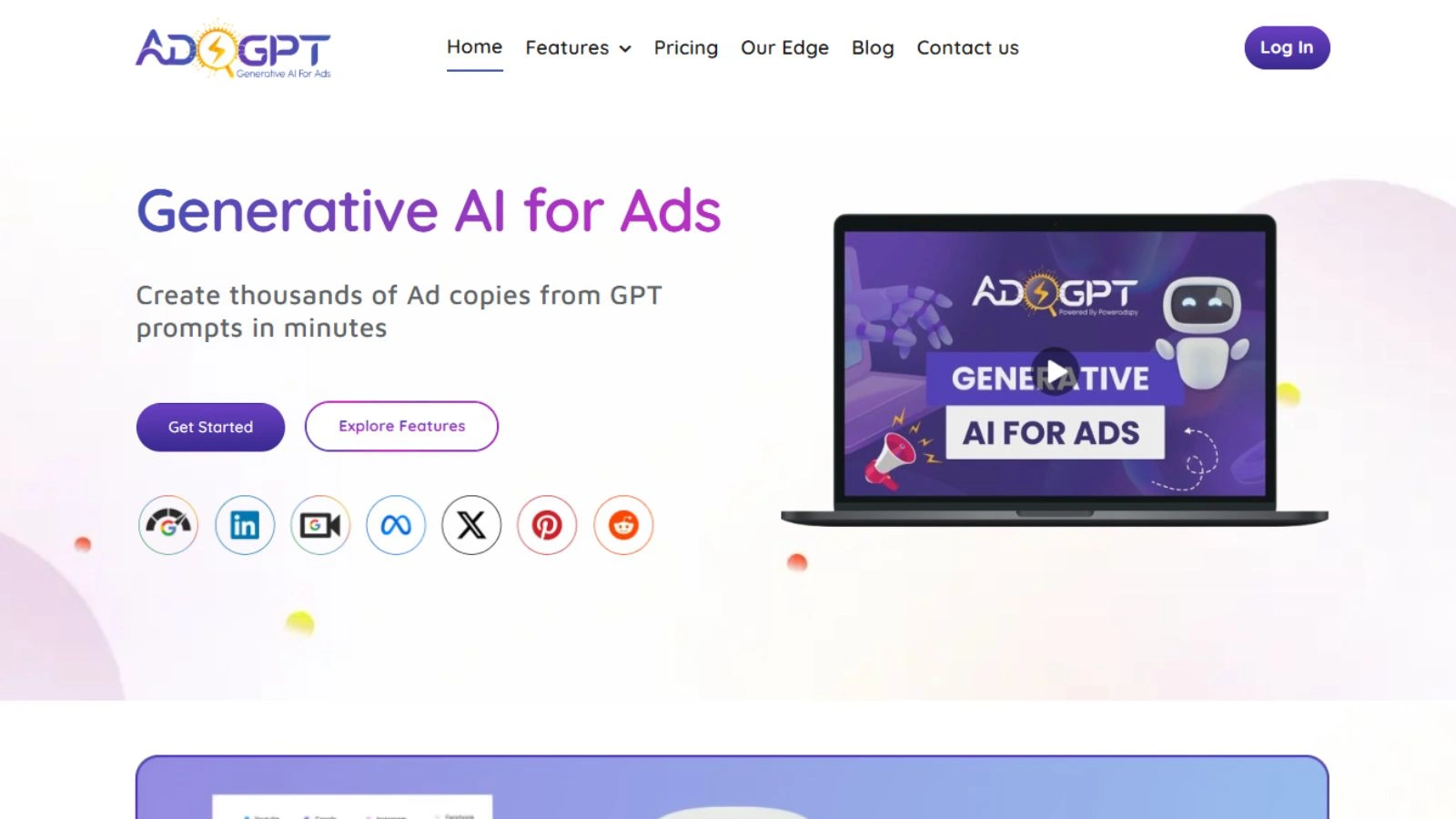
For advertisers looking to scale faster and make every ad dollar count, AdsGPT offers a smarter way to plan, create, and optimize mobile campaigns. Whether you’re a solo marketer or part of a large team, AdsGPT helps eliminate guesswork and maximizes performance using advanced AI.
Features That Ignite Your Creativity
Transform your vision into captivating campaigns with features that streamline every stage of ad development and optimization. Whether you’re launching a new product or scaling your brand reach, these features empower your mobile ads efforts with speed, intelligence, and creativity.
Instant Ad Copy Generation
Create compelling ad copies for platforms like Google, Meta, LinkedIn, Twitter, and more in just seconds. This feature eliminates the usual back-and-forth of manual copywriting. You simply input your brand or campaign details, and AdsGPT delivers ready-to-launch ads instantly, saving time and resources.
AI-Powered Creativity
Let AI do the heavy lifting when it comes to writing high-performing, persuasive ad content. Based on your product details, target audience, and industry-specific insights, the system generates content that resonates. It ensures your mobile ads strategy stands out with minimal effort.
Platform-Specific Optimization
Each advertising platform has its own best practices, formats, and tone. AdsGPT automatically adapts your ad copy to meet these platform-specific requirements. From word limits to CTA structures, your mobile ads are tailored to fit perfectly across every major channel.
Get Inspired By Competitor Ads
Want to stay ahead of the competition? Analyze high-performing ads from competitors and extract insights directly within the platform. Choose an ad that grabs your attention, and AdsGPT will generate a similar version customized to your brand and objectives, faster than you’d expect.
Keep Track Of Your Creations
No need to start from scratch each time. Easily access your history of generated ad copies and campaign content. This feature helps you refine existing strategies, learn from past campaigns, and build a consistent, long-term presence.
Conclusion
In a world where users are glued to their phones, it gives your brand the edge it needs to stay relevant, visible, and impactful. When paired with cutting-edge tools like AdsGPT, powered by AI in mobile advertising, businesses can scale campaigns faster, generate better results, and make smarter creative decisions.
Whether you’re looking to generate engaging mobile ads, analyze trends, or outpace the competition, leveraging platforms like AdsGPT ensures you stay ahead in a constantly evolving digital landscape.


